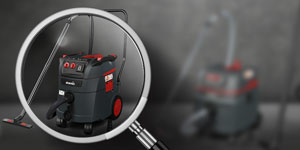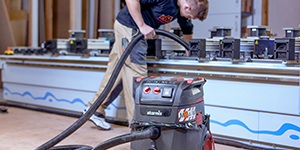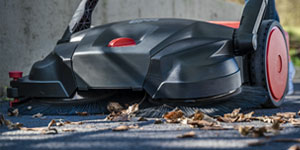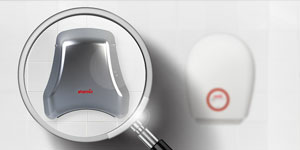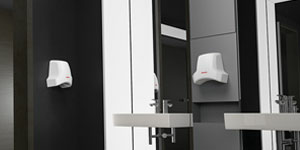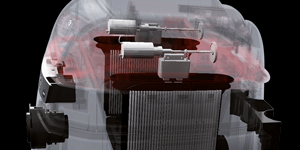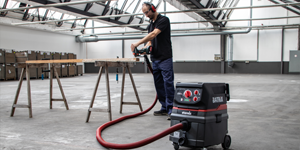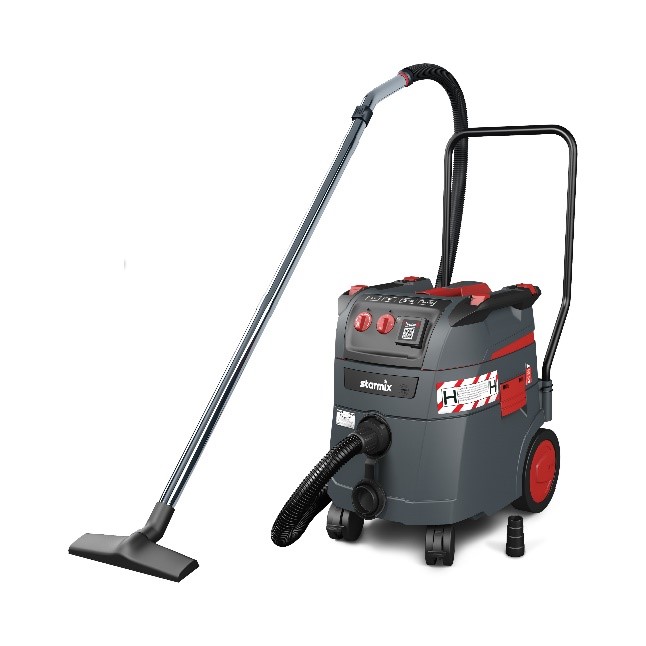
Recognize asbestos, take measures,
Disposing of asbestos
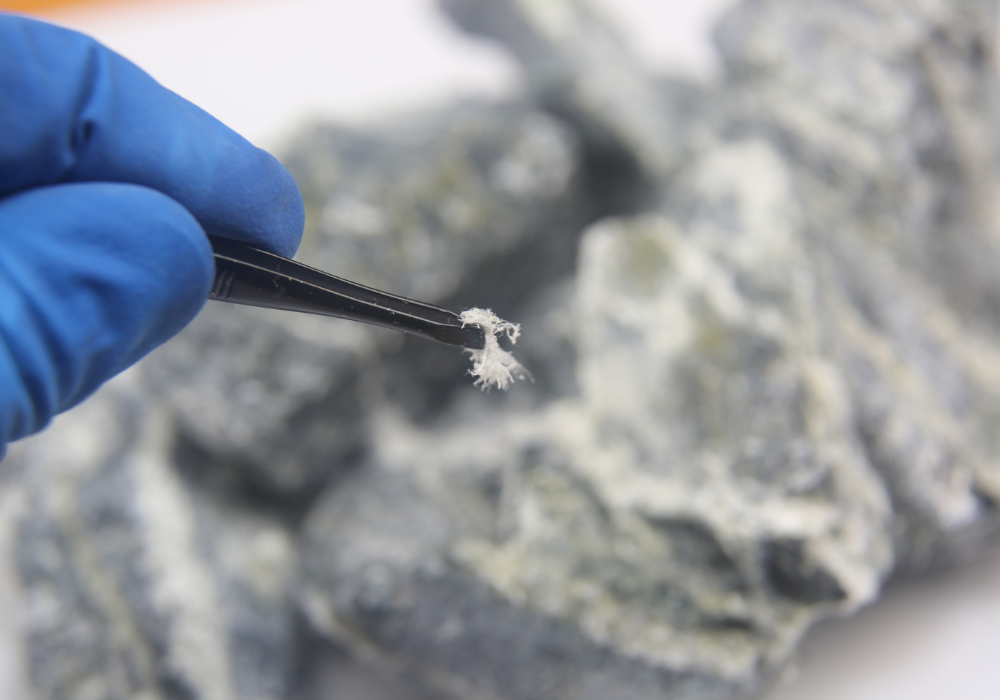
1. What is asbestos?
Asbestos is a material made of naturally occurring, fibre-like silicate minerals with a diameter of up to 2 micrometres, which has been used in greater quantities than almost any other material since 1930 due to its practical properties.
Asbestos is a group of six naturally occurring minerals that consist of long, thin fibres. Due to their properties, these minerals have a long history as a building material and have been used in many products, including some building materials such as insulation, fire blankets, pipes, flooring and even certain types of textiles.
In 1993, the use of asbestos was banned because it is clearly carcinogenic. However, as illnesses only occur several decades after exposure to asbestos dust, the risk posed by asbestos was underestimated for many years.
The six most important types of asbestos are chrysotile, amosite, crocidolite, tremolite, anthophyllite and actinolite. Chrysotile, also known as white asbestos, is the most commonly used form and has been used in a variety of products.
Why is asbestos so dangerous?
Asbestos consists of very fine fibres that can enter the lungs when inhaled and cause serious health problems such as asbestosis, lung cancer and mesothelioma (soft tissue tumour). Such diseases can only occur years after exposure, which is why asbestos is considered one of the greatest preventable causes of occupational diseases. It is now known that asbestos dust is a proven carcinogenic hazardous substance.
According to the International Labour Organization (ILO) in Geneva, asbestosis (lung/pelvic tumour) causes 100,000 asbestos-related deaths worldwide every year. The risk of contracting asbestos-related diseases depends on the level and duration of exposure and whether other harmful substances are present. Smoking, for example, increases the risk tenfold.
The average latency period (time between the first, more severe exposure and the onset of the disease) is around 38 years. In unfavourable cases, it can be as little as 10 years. The costs for recognised asbestos diseases amounted to over 420 million euros in 2009, which is around a third of the total benefit costs for occupational diseases!
2. Occurrence of asbestos and risk areas
Asbestos-containing materials were mainly used in houses built or renovated between 1930 and 1993. However, asbestos is also found in many products manufactured during this period.
In the past, a distinction was made between weakly and firmly bound asbestos products. It was assumed that weakly bound asbestos in particular posed a danger. Today we know that firmly bound asbestos also poses a risk.
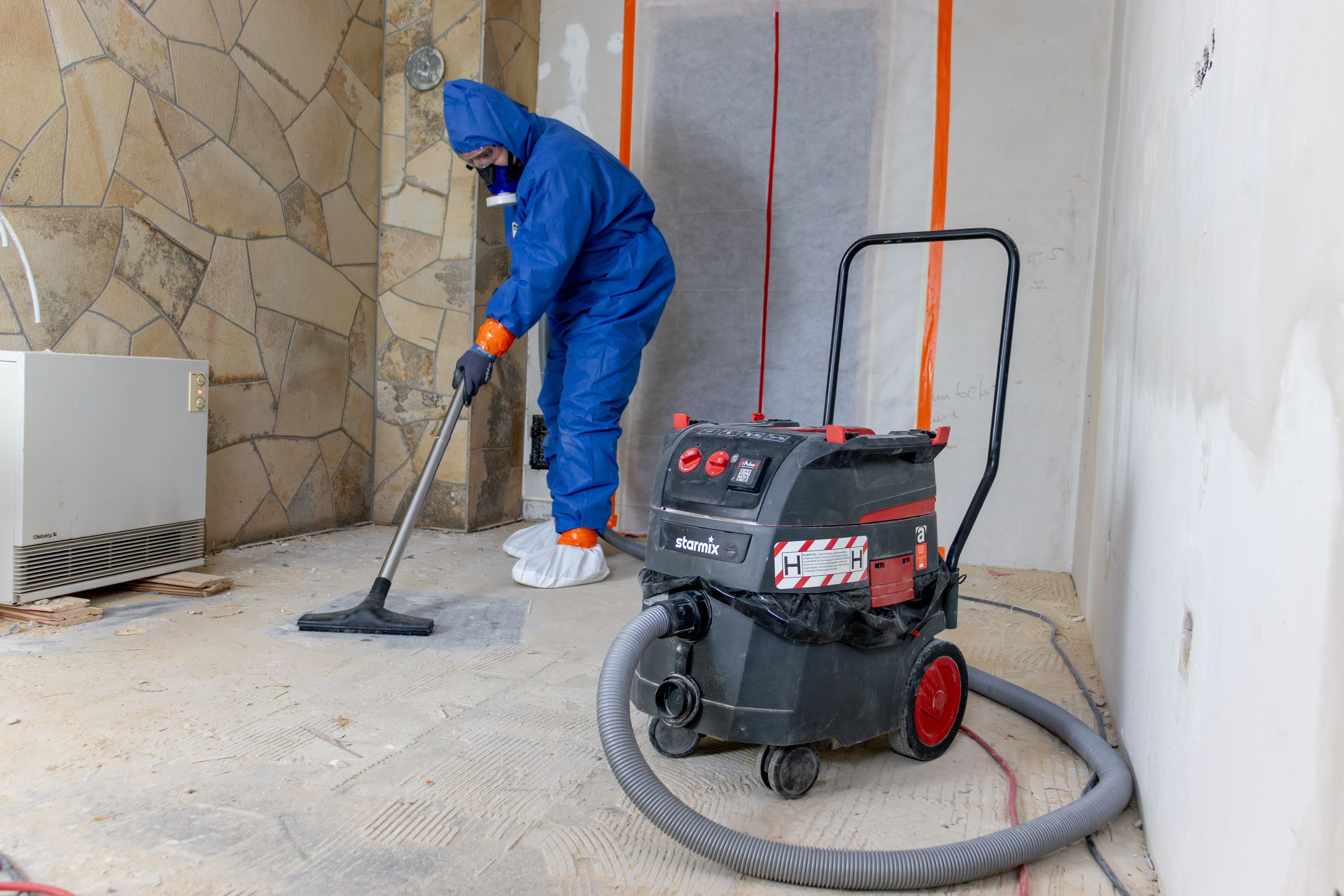
Asbestos has been processed into far more than 3,000 different products. A few examples:
- Roof and facade panels, sanitary pipes, flower pots and other asbestos cement products
- Lightweight building panels
- Floor coverings (e.g. vinyl asbestos tiles, Floor Flex panels or cushion vinyl coverings)
- Insulation materials for fire, heat and cold protection (e.g. for pipework), insulating materials
- Roof waterproofing membranes, roofing felt/asbestos felt
- Window and joint sealants
- Seals/sealing cords in boilers or flue pipes
- Night storage heaters
- (Magnesia) screeds
- plasters
- levelling compounds
- Floor and tile adhesives
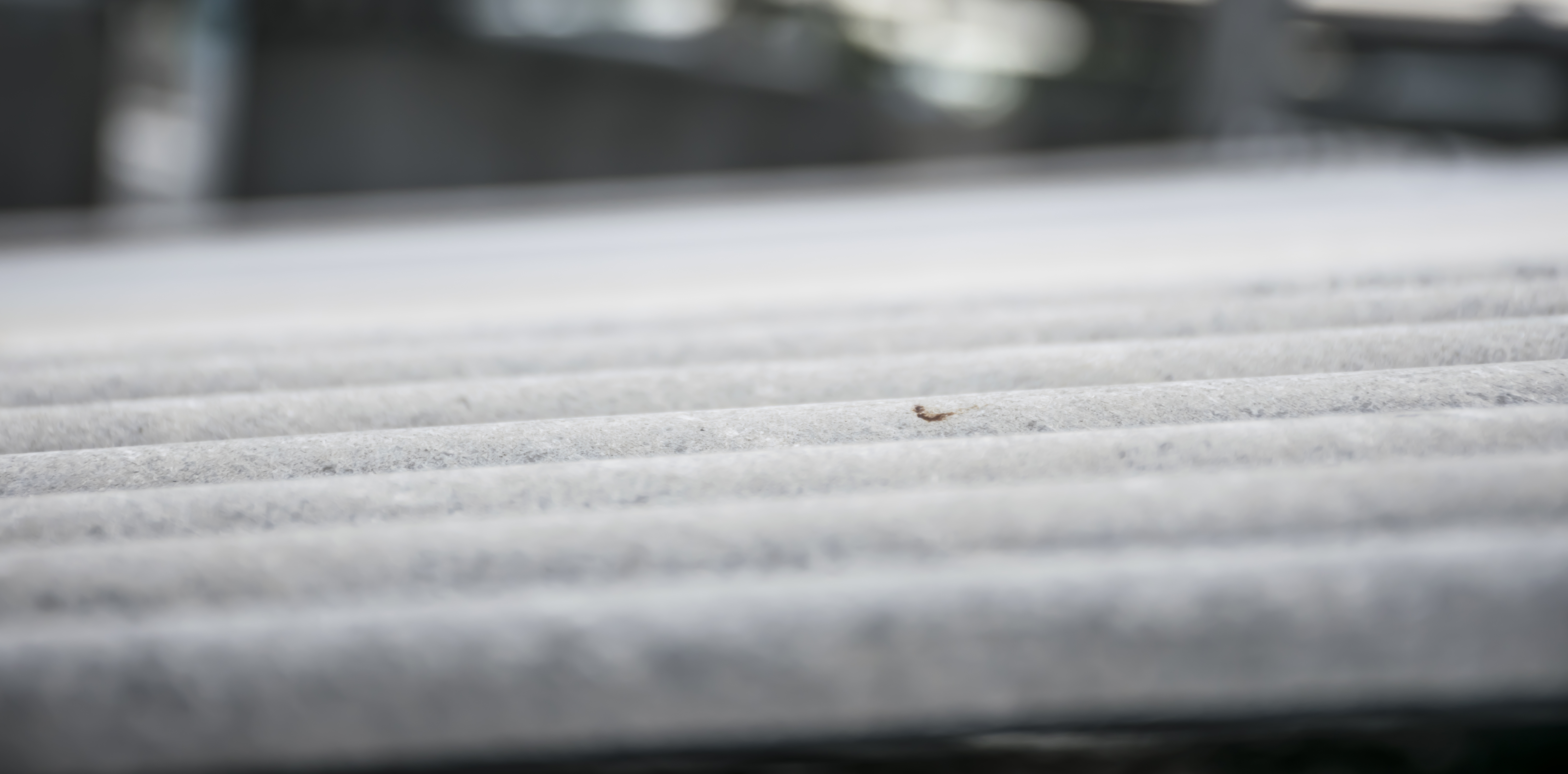
The unseen nightmare
Why craftsmen need to know about asbestos!
3. Hazards and consequences of asbestos
Asbestos becomes dangerous when fibres are released and inhaled. Therefore, all work involving mechanical means such as drilling, sawing, grinding, milling, breaking or crushing is dangerous.
So-called demolition, renovation and maintenance work (ASI work) must or may only be carried out by companies that have the necessary expertise as well as the personnel and safety requirements in accordance with legal regulations.
Asbestos-related deaths
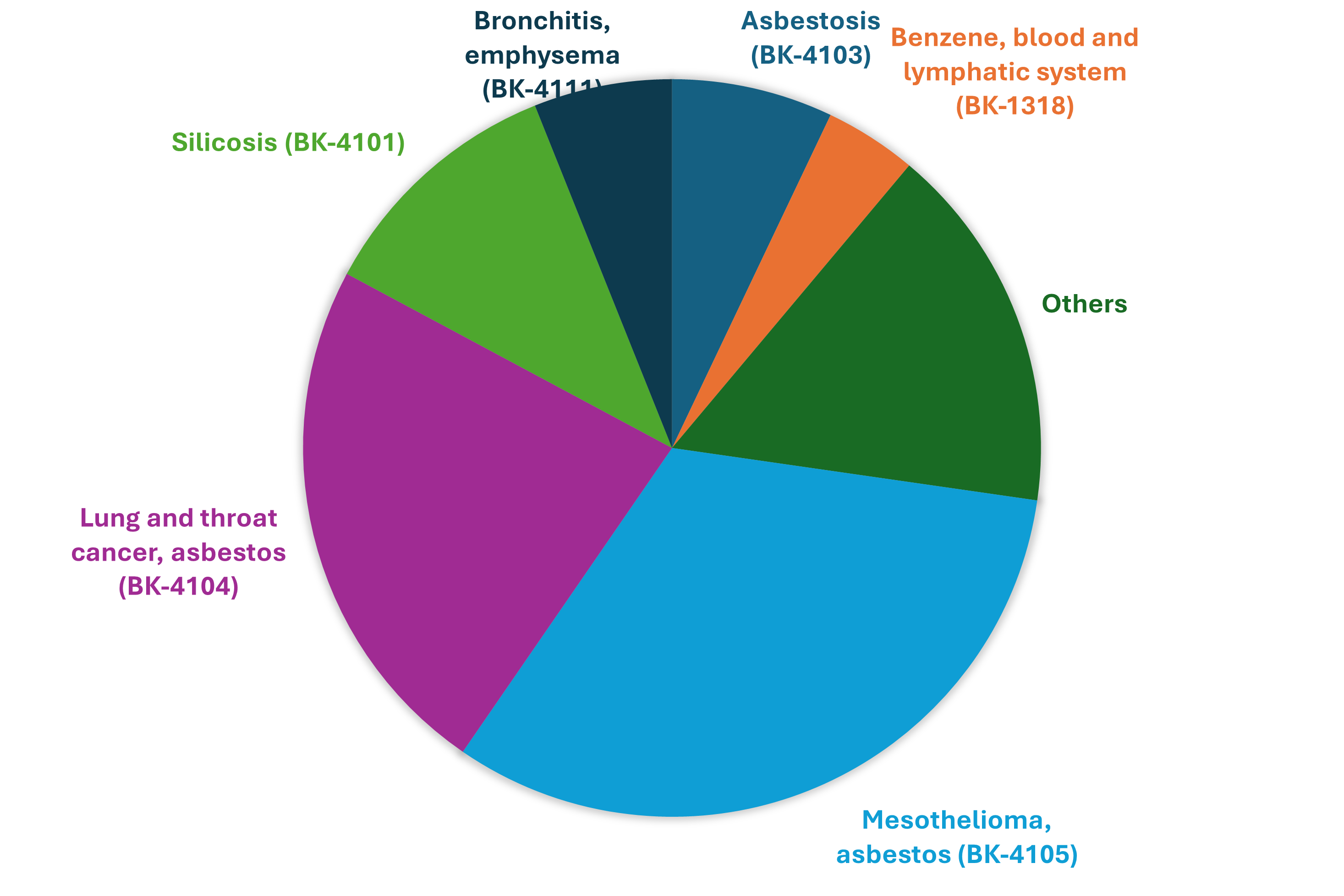
4. protective measures
If materials containing asbestos are removed improperly, the hazardous fibres can remain in the air long after the work has been completed. Special care must therefore be taken. As long as firmly bonded asbestos products are intact, there is no health risk from the release of asbestos fibres during normal use. However, if the materials are brittle, loose or broken, they must be removed by specialised companies in accordance with the applicable legal regulations.
1. Analyse the material
In order to be able to take the right measures to protect people and the environment, you should first check whether materials containing asbestos are present before starting work. Asbestos cannot necessarily be recognised with the naked eye. In addition, many people do not know exactly where asbestos could be present.2. Cordon off the area
The entire construction site area must be protected against access by unauthorised persons and marked (prohibition sign: "No access for unauthorised persons").Tip:
It is often known that asbestos was used as sprayed asbestos or for roofs and façades, but it is less well known that plasters, fillers and tile adhesives can also contain asbestos. Reliable detection of asbestos fibres is therefore usually only possible through analysis. The "Guideline for asbestos investigation in preparation for work in and on older buildings"“ from the Federal Institute for Occupational Safety and Health can provide assistance for those affected.
3. Wear suitable protective clothing
The protective measures vary depending on the asbestos fibre concentration (F/m³, asbestos fibres per cubic metre). The higher the concentration, the more or stricter protective clothing must be worn.
- At low concentration: asbestos concentration up to 100,000 F/m³: particle-filtering half masks (FFP2) for short-term work or half masks with P2 filter for long-term work or mask with blower and particle filter TMP1
- At medium concentration: asbestos concentration up to 300,000 F/m³: particle-filtering half masks (FFP3) for short-term work or half masks with P3 filter for longer-term work or mask with blower and particle filter TMP2
- At high concentrations: asbestos concentration above 300,000 F/m³: full face mask with blower and TMP3 filter
- In case of very high concentration: asbestos concentration over 4,000,000 F/m³: use insulating equipment (e.g. when removing sprayed asbestos)
- Protective suit: Category 3, type 5/6, dispose of after completing the diagnosis. In case of moisture, additionally type 4 - hoover with H-filter.
- Disposable gloves
- Safety shoes and helmet (particularly important for diagnostics in demolition sites)
- Safety glasses (important when sampling tile adhesive)
- Clean thoroughly when work is interrupted (vacuum / wipe with a damp cloth)
- Use of undersuit / functional underwear
- Use shoe covers if necessary
- Connect hand and foot protection dust-tight (mask with fabric tape)
- Disposable protective suit
- Dispose of protective suits every time you leave the asbestos-contaminated work area. Reusable protective suit
- Only to be used if a disposable protective suit cannot be used
- Must remain in a suitable (black) area during work interruptions
- Must be collected in dust-tight, appropriately labelled, water-soluble containers and taken for cleaning; the laundry must be informed of the asbestos hazard. Cleaning is only permitted in suitable laundries.
Basic measures:
- There must always be a supervisor on site to ensure that employees are instructed in the handling of asbestos, work equipment and protective clothing.
- The number of employees and their working hours must be kept to a minimum.
Tip::
- Do not work on materials containing asbestos without specialised knowledge!
- Avoid dust formation and inhalation of released asbestos fibres at all costs!
- Wear suitable protective equipment!
- Commission a specialist company with expertise that knows which methods are suitable! For demolition and renovation work on weakly bound asbestos products, the specialist company must be authorised in accordance with TRGS 519. This does not apply to the use of tested and recognised low-emission methods.
- Anyone who violates the restrictions on use or does not dispose of materials containing asbestos properly may be liable to prosecution.
5. Asbestos extraction
"What we can do for you is offer you the best possible vacuum cleaner that protects you"
In Germany, only H asbestos vacuum cleaners that fulfil the test requirements of dust class H with additional "asbestos" test in accordance with TRGS 519 may be used to vacuum up dust containing asbestos. With the additional test at an external testing institute, the vacuum cleaners are approved for vacuuming and extracting asbestos. They must also fulfil further requirements, such as dust-free disposal of the vacuumed material using a specially labelled plastic disposal bag. A type plate stating the air volume and weight as well as a clear reference to asbestos must be attached to the vacuum cleaner and the dust collection device. The devices must also be type-tested and authorised by the authorities or the statutory accident insurance institutions.
If asbestos is worked with in the commercial sector, a corresponding certificate of competence for activities involving asbestos is a basic requirement for the employees concerned.
EUR1,248.31*
Prices incl. VAT plus shipping costs
- On-demand filter cleaning thanks to pressure differential measurement
- Particularly efficient within 3.5 sec. per filter, with the power of 330g
- HEPA filter H14
- incl. special PE emptying bag for asbestos
Protect what is important to you!
Further information on
asbestos - hazards, protective measures, disposal
Clean the vacuum cleaner after each use
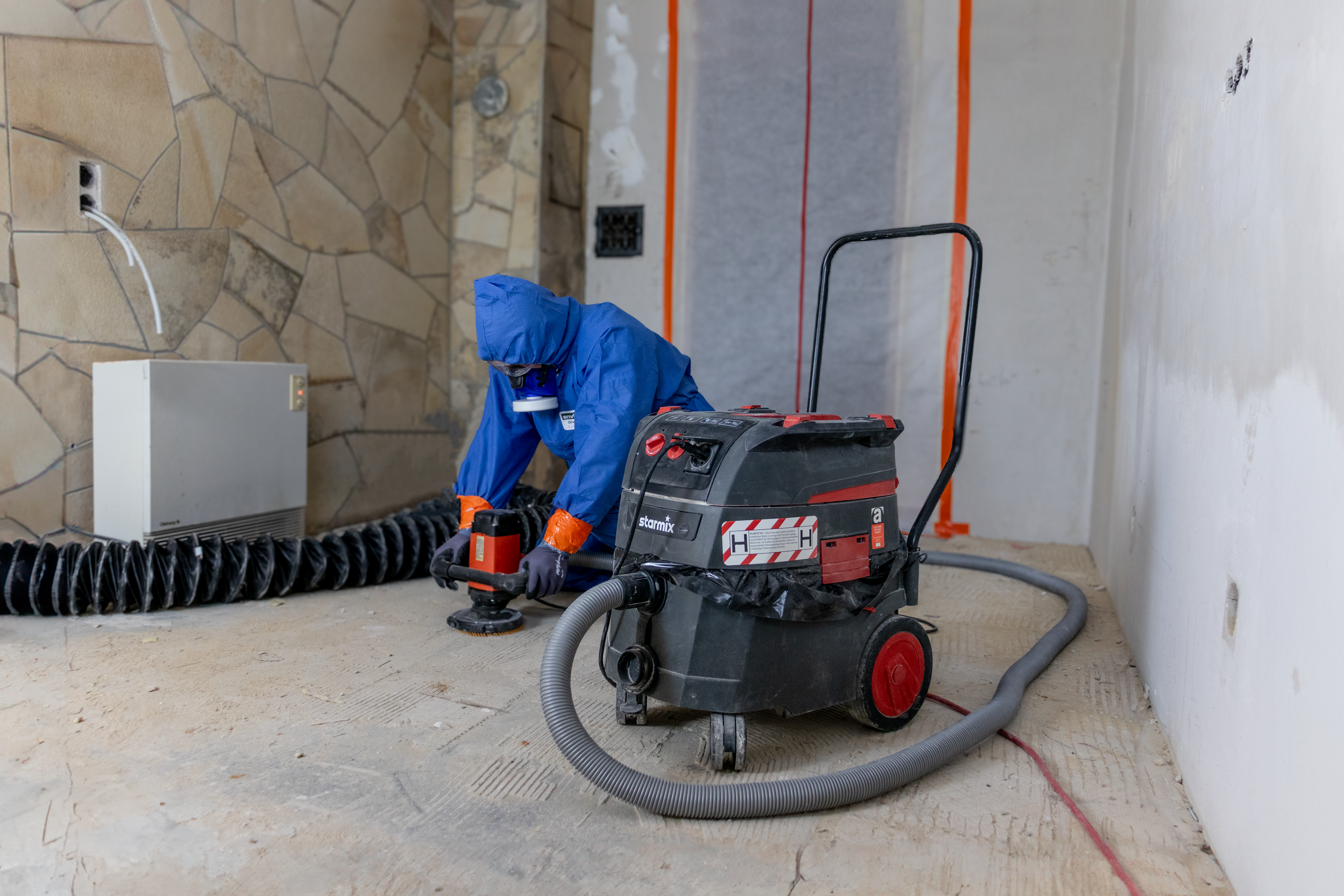
7. Disposal of asbestos according to TRGS 519
When disposing of waste containing asbestos, the national and regional waste disposal regulations must be observed. Weakly bound asbestos products may be disposed of by private individuals in Germany if the waste is packaged in accordance with the regulations of TRGS 519. Disposal can be carried out by authorised companies. Ideally, a specialised company is commissioned with the disposal, which has the necessary expertise and can take the necessary safety measures when removing and transporting filter bags, extraction materials, PE or disposal bags.
All items from the hazardous area that cannot be cleaned are considered hazardous waste and must be disposed of properly.
Improper handling may result in instruction, an initial warning usually without a fine, decommissioning and a fine as well as criminal proceedings in the event of intentional offences.
